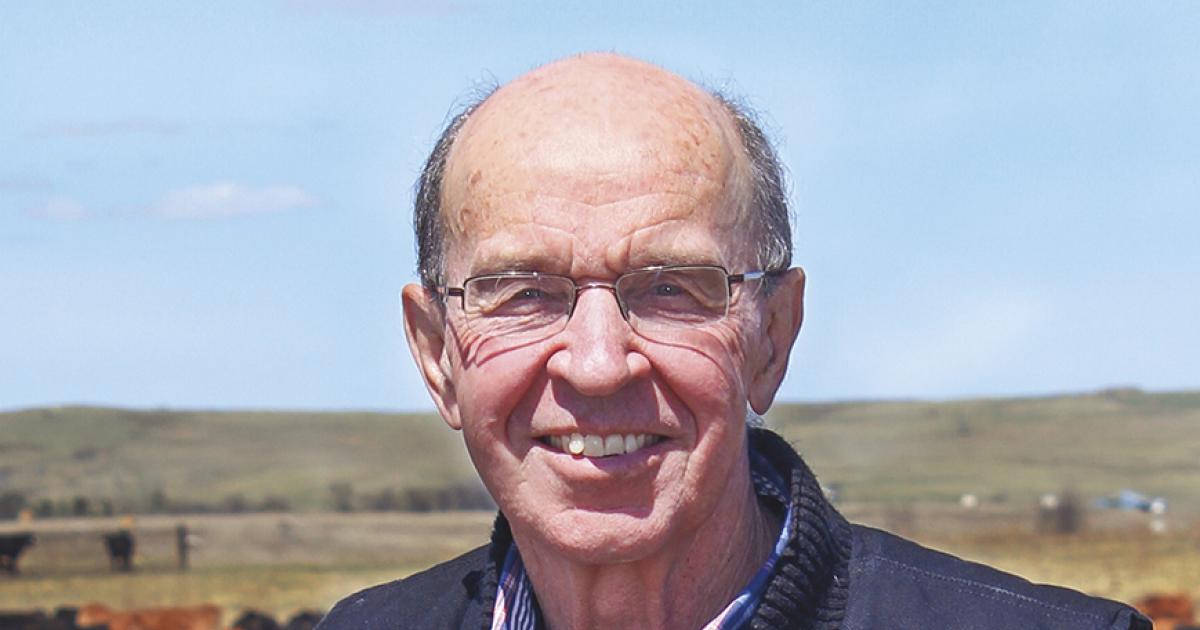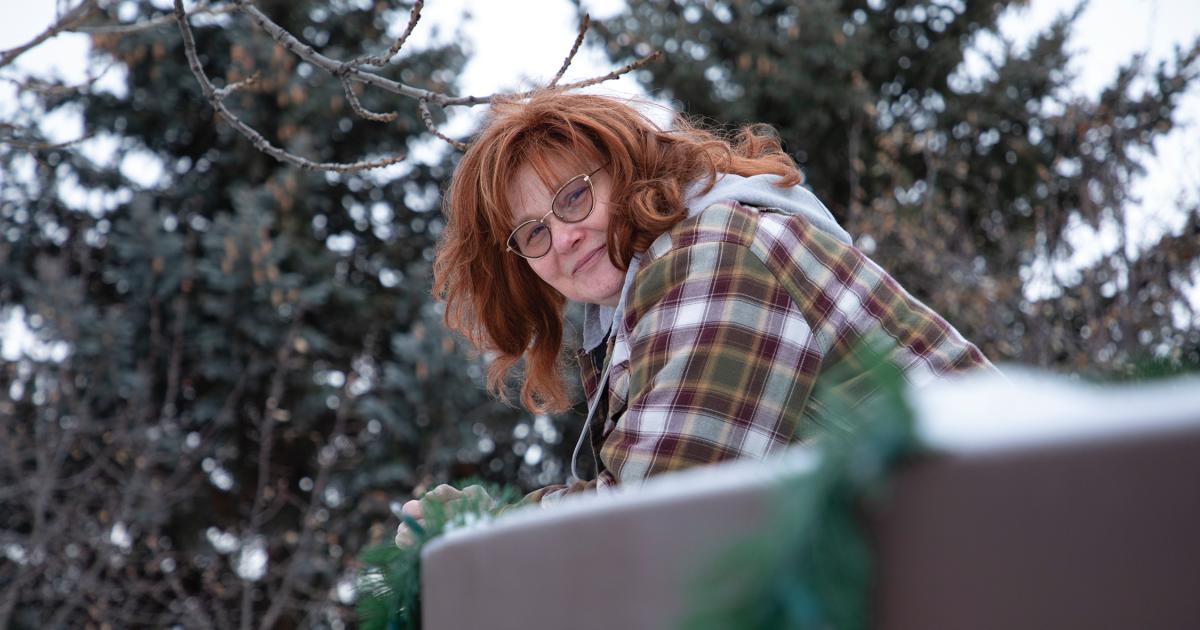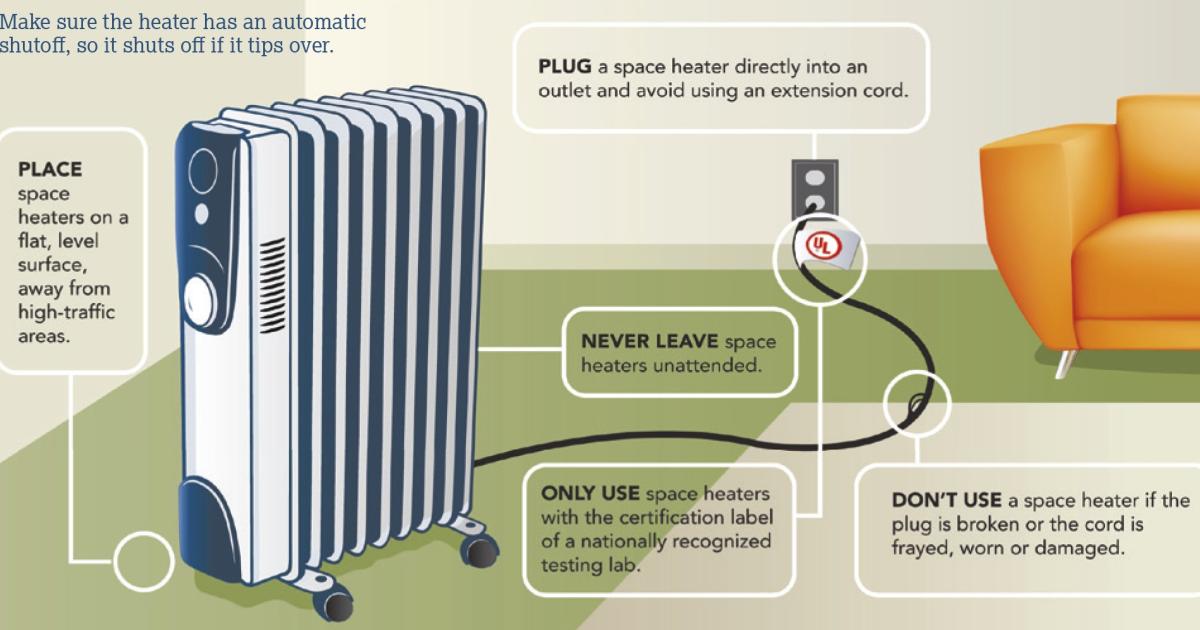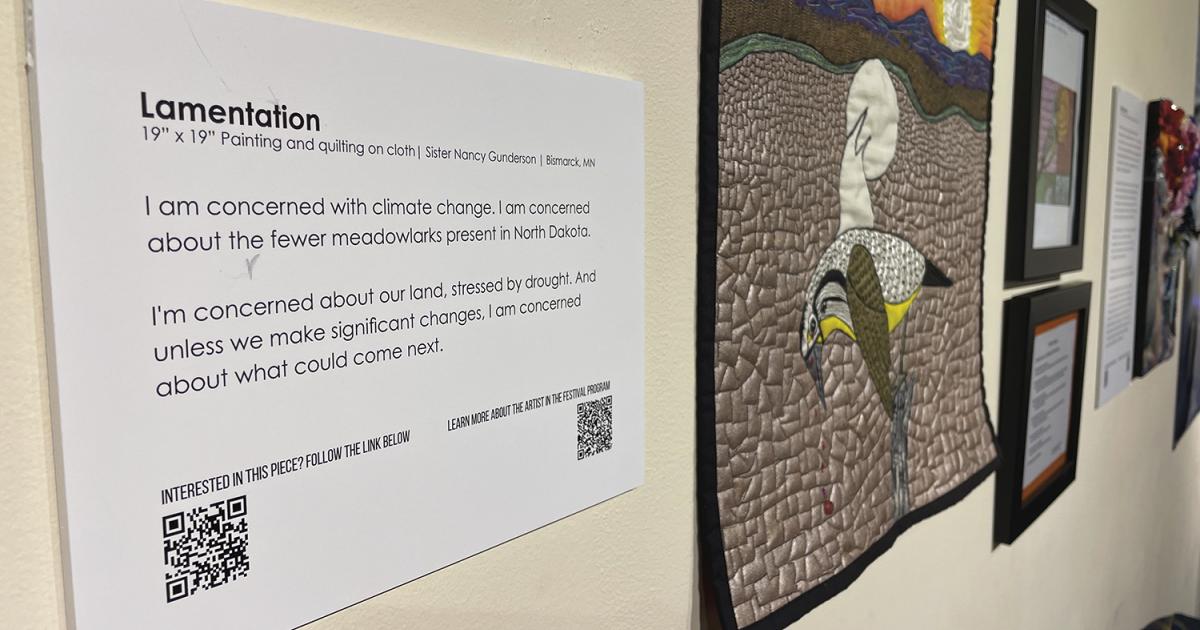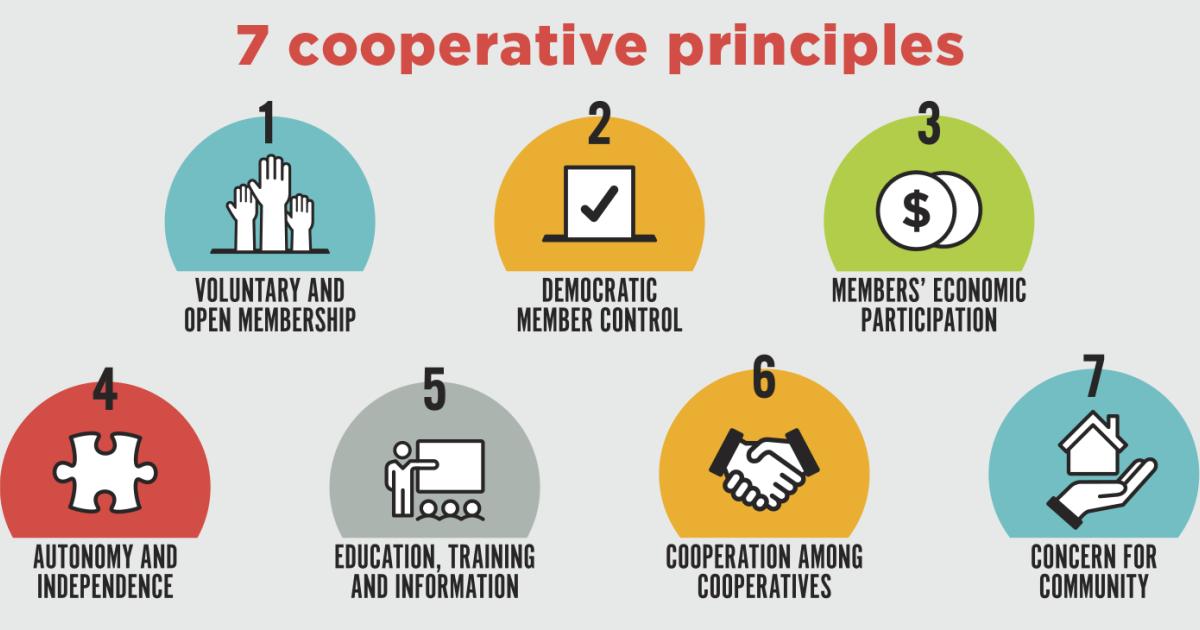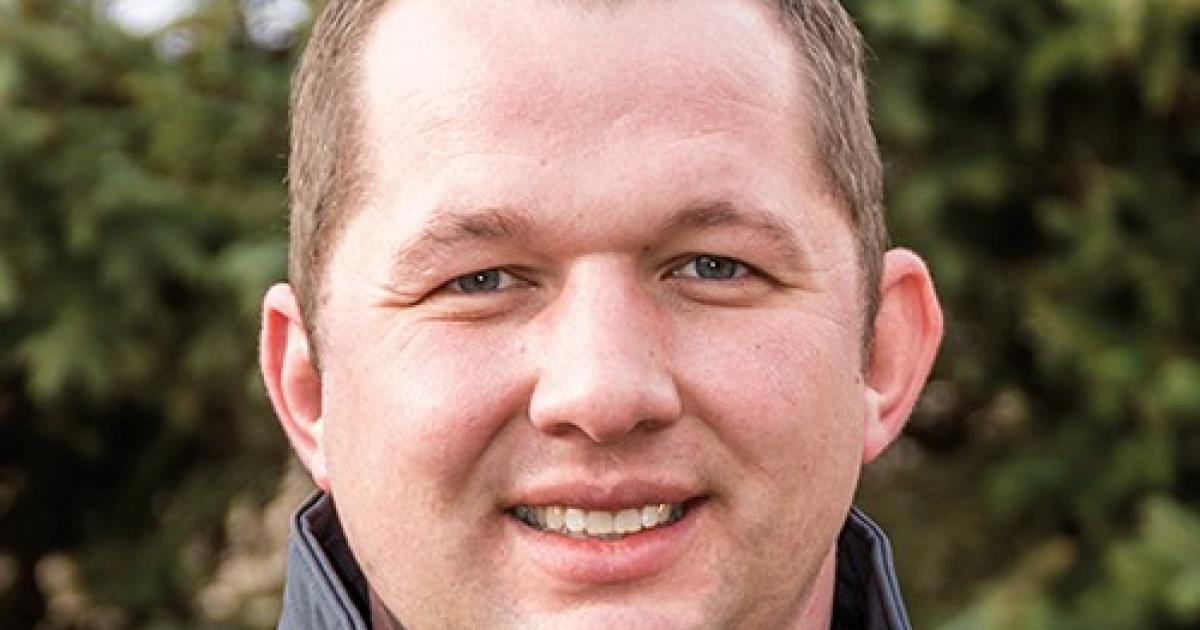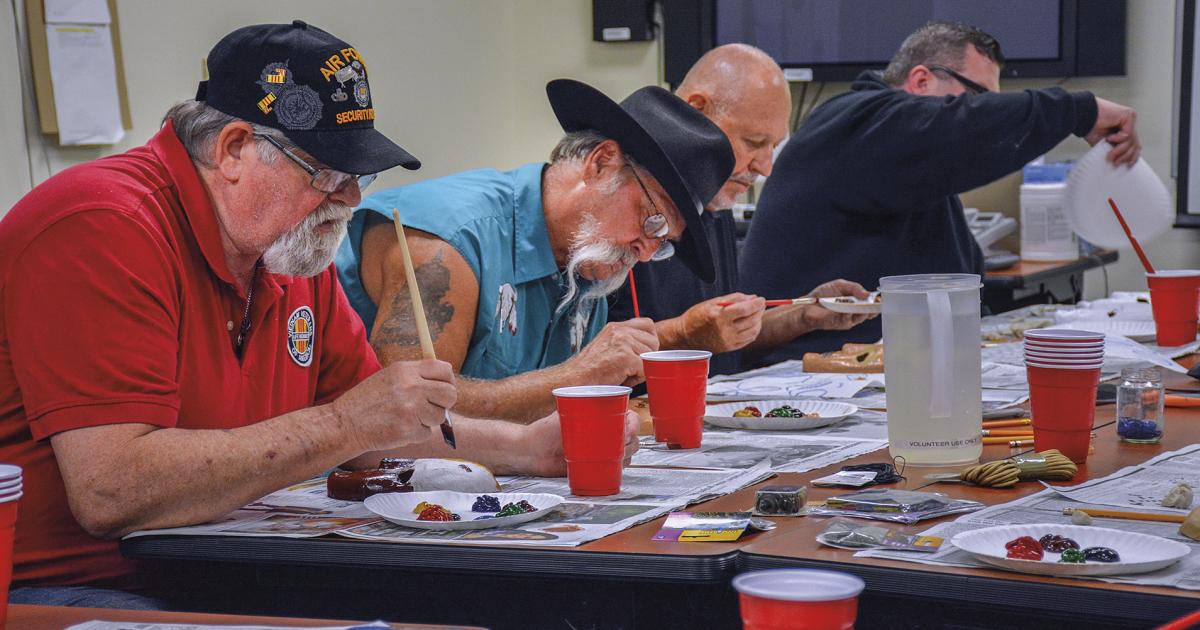I sent an email to a friend (he calls me amigo) at the U.S. Department of Agriculture in Washington, D.C., asking if the secretary of agriculture had made any official statements in conjunction with Earth Day on April 23. He said he wasn’t aware of any.
Three days after Earth Day, a farmer and I visited about spring planting, as we stood next to his 42.5-foot air seeder. I saw the large, rolling field still had protective residue on it from last year’s crop. There had been no wind erosion, as one might have expected if the field had been tilled in the fall or fallowed last year. Despite heavy winter snow, the snowmelt had all soaked in. There was no sign of water erosion. I thought to myself, “There’s an Earth Day message in what I’m seeing.”
One thing I did see on Earth Day was an internet posting by an environmental extremist group that said modern farmers “flood their fields with poisonous chemicals, much of which run off, polluting streams, rivers and lakes.” That’s not true.
What is true, documented, is that farmers are proactively managing and preserving soil by planting more cover crops, increasing conservation tillage and expanding no-till methods. From 2012 to 2017, conservation tillage increased by 28% and cover crops increased by 50%. In those five years, sustainable soil use and resource conservation increased by 34 million acres.
By planting biotech crops, worldwide pesticide use has been reduced by 8.6% in the last two decades, even as yields have increased. By using precision agriculture such as GPS-based yield mapping and variable-rate input technology, farmers have reduced pesticide and fertilizer use.
Through the use of rotational grazing, stockmen are increasing production per acre, while improving soil health and native plant populations.
Is there more that needs to be done? Of course. But the gigantic strides that have been made by farmers and ranchers in conservation, soil health and environmental stewardship are a success story that would have made a great Earth Day message for the secretary of agriculture.
___
Al Gustin is a retired farm broadcaster, active rancher and a member of Mor-Gran-Sou Electric Cooperative.


